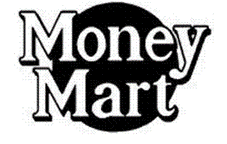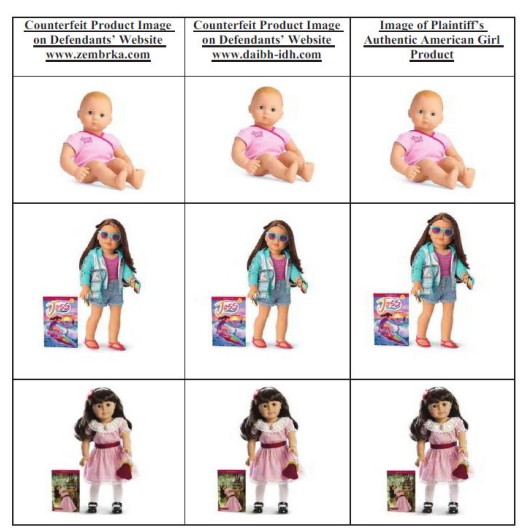Do you think that the following marks in German and French, both for chocolate and both meaning “thank you,” are likely to be confused?


In the Old Testament, King Solomon proposed to resolve a dispute between two women who both claimed to be the mother of an infant by declaring that the baby should be cut in two, with each woman receiving half. When one mother immediately objected and begged Solomon to give the baby to the other woman to save its life, Solomon determined that she was the true mother and awarded her custody.
In order to succeed in challenging the registration of a service mark on the ground that it is likely to cause confusion with your identical or similar mark, you must show that the respective services overlap, are complementary, or at least are within the zone of natural expansion of your services.
The Trademark Trial and Appeal Board (TTAB) affirmed the refusal of an intent to use application to register BOSTON STRONG as a service mark for entertainment services related to volleyball and to sporting events in general. This decision was based on the ground that this alleged mark fails to function as a source indicator because it consists of a commonplace term, message, or expression widely used by a variety of sources that merely conveys an ordinary, familiar, well-recognized concept or sentiment.
If an element of a composite mark does not present a separate and distinct commercial impression, an application to register that element is said to be a “mutilation” of the mark and cannot be separately registered.
Does the initial letter in the following mark create a separate and distinct commercial impression?
The first user of a mark for particular goods or services has superior rights against a subsequent user of the same or similar mark for any goods or services that purchasers might reasonably expect to be within the normal expansion of its business.
But can the first user register its mark for goods or services in its zone of natural expansion after an intervening user has used the same or a similar mark for those goods or services?

The U.S. Court of Appeals for the Second Circuit (Second Circuit) determined that a Chinese company whose websites offered counterfeit goods to New York residents was subject to personal jurisdiction in New York federal court even though the seller did not deliver those goods to New York purchasers. The seller had confirmed the orders from New York purchasers and had accepted payments for those purchases before being sued for counterfeiting and trademark infringement. After the suit commenced, the seller cancelled the orders and refunded the payments.


You might think of various reasons why a company owned by a porn star might be prevented from registering her pseudonym GIGI DIOR for services that include “personal appearances by a porn star” and “a web site featuring . . . adult-themed photographs and videos.” You might have reached the right result, but perhaps for the wrong reason.

If you select a trademark dominated by a word or number already in use or registered by several others for identical or related goods or services, your inclusion of some other distinctive feature may be sufficient to avoid a finding of likelihood of confusion for registration purposes.
To be registrable, a trademark must identify and distinguish an applicant’s goods from those of others and indicate the source of those goods.
When an Examining Attorney or an opposer challenges a phrase on the ground that it fails to function as a trademark, the burden is on the challenger to prove the phrase is merely informational or is a common phrase (ordinarily used in the industry). We previously covered this in “Refuting a ‘Failure to Function’ Refusal to Register a Trademark” concerning a case in which the Trademark Trial and Appeal Board (TTAB) reversed an Examiner’s failure-to-function refusal to register MAKE YOUR PASSION YOUR PAYCHECK for clothing.

 RSS Feed
RSS Feed